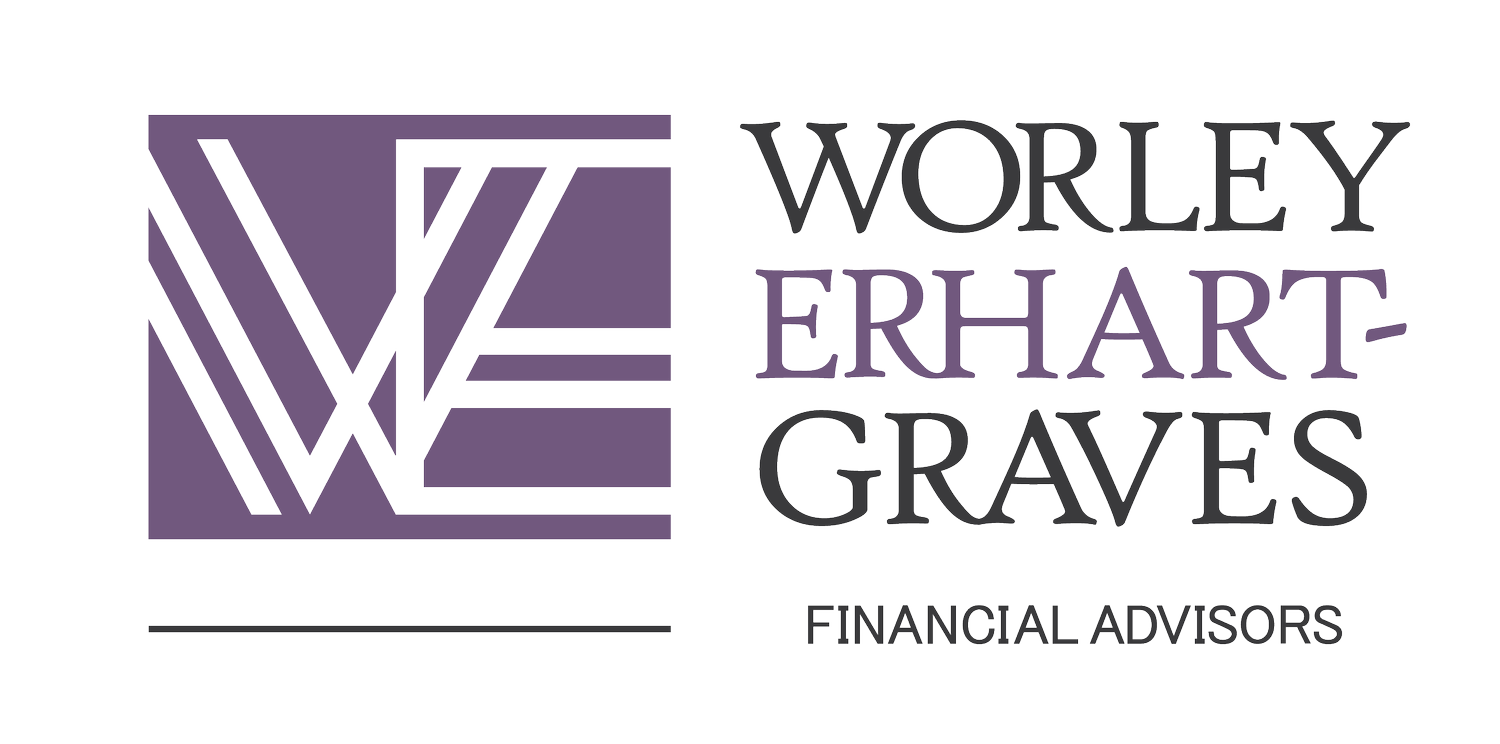New Investor, What Now?
/Congratulations! You’ve paid off your debts, you’ve shored up your emergency savings, and you’re already contributing the maximum to your retirement accounts through work, but you want to save even more toward retirement. Now what? Well, if you’re ready to start saving for your long-term goals, your next step is to start investing outside of your employer-sponsored plans in a brokerage account, also referred to as an investment account. Investment accounts can take on many different titles, such as IRA, Roth IRA or nonretirement account. Determining which type of brokerage account is best for your situation will depend on various eligibility rules. If you need help finding the right fit, talk to a licensed financial professional like a Certified Financial Planner™ or a CPA.
After figuring out which type of brokerage account you need, your next step is determining whether you’d like to be self-directed or have a professional manage your investments. If you choose to be self-directed, this means you’ll be the one responsible for researching, purchasing, and deciding when to sell your own investments. If you deposit funds into a self-directed account and don’t take the next step to invest them, they’ll typically sit in a low-yielding cash account, which likely won’t help you reach your long-term goals. Online brokerage accounts from discount brokers like Charles Schwab, Fidelity, or Vanguard, typically offer the best value for someone who wants to manage on their own and keep their investing costs low. Many of these types of brokerage firms have free tools through their websites that will help account holders build a diversified portfolio of mutual funds or ETFs based on the investors’ risk tolerance and timeline. The account holder will still have the responsibility of revisiting their investments to rebalance and ensure they’re taking on an appropriate level of risk. There may be other free tools available through the brokerage firm’s website to help with this process.
For someone who wants to be a bit more hands-off with their investments, a managed account may make more sense. A managed investment account comes with an investment manager that is either a human advisor or a robo-advisor (a computer algorithm controls the investment decisions). Investors who prefer this approach will need to consider the fees involved and their trust in the advisor’s abilities (whether human or robot). There are some “free” robo-advice platforms available, but we all know there’s no such thing as a free lunch. The firm is making money elsewhere, so ensure you understand how. If you’re paying a fee for investment advice, determine whether the advisor is “fee-only” or if they are “fee-based”. Fee-only means your advisor is being paid a certain percentage based on the amount of assets you have invested with them, so they can provide objective investment advice. Fee-based means your advisor may be earning that same type of base fee but could also be bringing in money behind the scenes by charging commissions per trade or choosing specific investments based on companies that will pay the advisor for a sale of their products. Most managed accounts will come with a minimum initial investment amount.
Regardless of which type of brokerage account is best for you, getting started with investing sooner rather than later will benefit you in the long run. You don’t need a lot to get started either. Even $100 invested each month can add up over time. Aim for a diversified portfolio with low investing costs that takes on an amount of risk you can stick with in the good times and the bad times. Staying the course has been proven to benefit investors over the long haul. As always, if you need help, talk with a CFP® professional (like one of us) who can guide you in the right direction.
- Margaret Gooley, CFP®, Worley Erhart-Graves Financial Advisors






